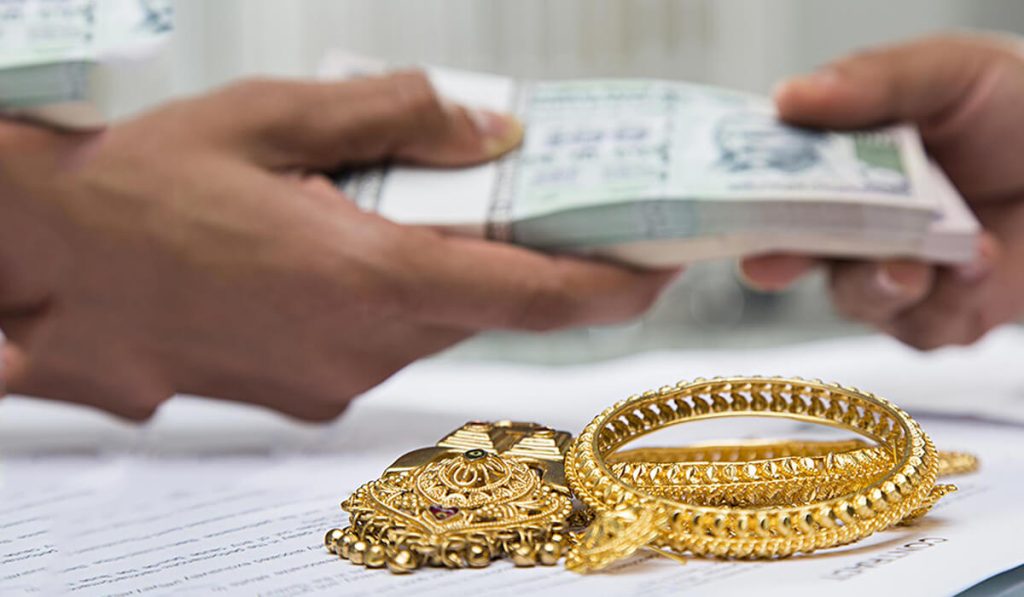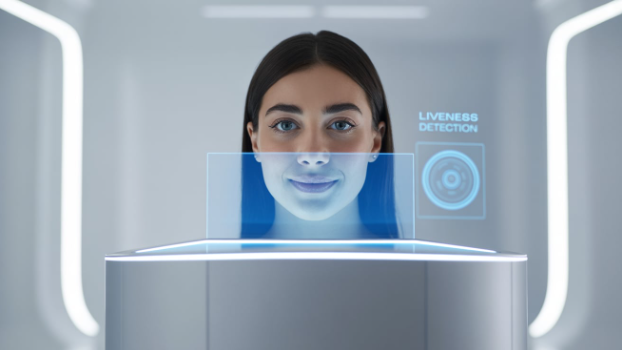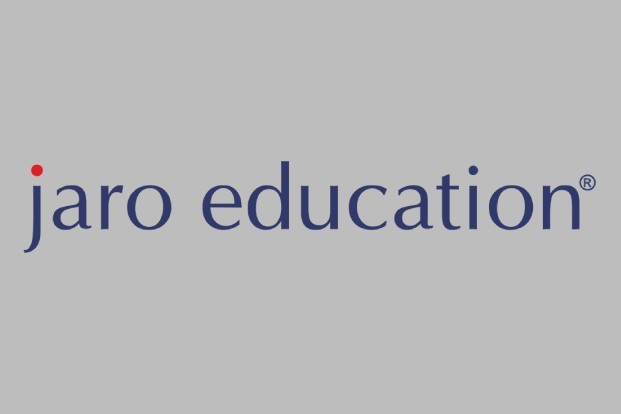Rajasthan pioneered the Jan Aadhaar Yojana as an integrated system offering residents a single family ID and individual member IDs for seamless access to state welfare schemes and services. Launched in December 2019 as part of the state’s e‑governance strategy, Jan Aadhaar is built on the motto: “One Number, One Card, One Identity”
Since then, it has transformed public benefit delivery through transparent Direct Benefit Transfers (DBT) and a consolidated citizen database of demographic and socio-economic data.
Table of Contents
Genesis and Regulatory Framework
Conceived in the modified budget of 2019‑20, Jan Aadhaar was officially rolled out on 18 December 2019 to replace outdated programs and unify welfare delivery. The initiative was institutionalized through the Rajasthan Jan Aadhaar Authority Act, 2020, and accompanying rules issued in August 2021.
This gave rise to an independent Jan Aadhaar Authority, tasked with enrollment, authentication, grievance resolution, and ensuring inclusive and transparent service delivery.
Jan Aadhaar Number: Your Unified Digital Identity
Each family receives a unique 10‑digit Jan Aadhaar family ID, and each enrolled individual gets an 11‑digit member ID. This ID serves as Proof of Identity (PoI), Proof of Relationship (PoR), and Proof of Address (PoA) across government services.
Rajasthan residents—including government employees and pensioners—are eligible if they’ve lived in the state for at least six months.
Objectives & Features
1. Salient Objectives:
Provide a single identifier for each family and individual
Enable DBT of cash and non-cash benefits directly into beneficiary accounts
Eliminate intermediaries and reduce duplicity and leakages in welfare delivery
Strengthen women’s empowerment by making a female member the designated HoF whenever possible
2. Key Features:
Linked to Aadhaar-based e‑KYC for identity authenticity
Enrollment prioritized for females above 18; if none, male above 21 or eldest member becomes HoF
Covers both cash and in-kind benefits, including health services, pensions, scholarships, PDS, and more
Transparent transaction mapping via Jan Soochna portal, allowing social audits at village and ward levels
Enrollment & e‑KYC Process
1. Enrollment Channels:
Visit any e‑Mitra kiosk
Or register via SSO Rajasthan portal using Aadhaar authentication
2. Required Documents:
Aadhaar numbers of family members above 5 years
Bank passbook of the Head of Family (HoF)
Birth certificate or photograph for children below 5
Proof of address: electricity/water bill, Aadhaar, passport, PAN, etc.
3. Identity Verification (e‑KYC):
Every enrolled member above 5 years must complete Aadhaar e‑KYC. Children under 5 may use their birth certificate if issued in Rajasthan or Aadhaar otherwise. ID updates require e‑KYC completion.
Integration with Jan Aadhaar & Service Delivery
Jan Aadhaar acts as the backbone of Rajasthan’s digital service ecosystem, integrating with:
e‑Mitra kiosks for DBT delivery, certificate issuance, and utility services
The SSO portal for accessing multiple government applications
Healthcare schemes such as the Chief Minister Nishulk Nirogi Yojana (free treatment)—now requiring Jan Aadhaar ID for all beneficiaries
By June 2025, the platform had enrolled around 20.4 million families (~79.2 million individuals), processed 19.3 million benefit transactions, and transferred over ₹11.6 trillion in benefits.
Jan Aadhaar Mobile App & SMS Services
Citizens may track their family’s Jan Aadhaar information via:
The “Jan Aadhaar” mobile app available on the Google Play Store
SMS service: Send
JAN JID <enrollment ID/Aadhaar/Mobile>to 7065051222 to retrieve the family Jan Aadhaar number
The app enables checking enrolment status, DBT credits, e‑Card download, and updates. However, user reviews indicate issues on iOS like login timeouts and OTP failures.
Social Impact & Women Empowerment
1. Empowering Women:
By mandating the female head of household—once enrolled—a bank account is opened in her name to receive DBT. This strategy enhances financial inclusion and decision-making power for women in rural families.
2. Transparency & Fraud Control:
Social audit mechanisms, transparency dashboards, and audit logs help curb corruption and misallocation of welfare funds. As of mid‑2025, tens of thousands of ineligible beneficiaries were identified and removed, saving state revenues.
Eligibility, Use Cases & Procedures
1. Who Can Enroll:
All Rajasthan residents (including government employees/pensioners living outside)
Female over 18, male over 21 or eldest member eligible as Head of Family
2. How Enrolment Works:
Through e‑Mitra kiosk or SSO Rajasthan portal
Aadhaar-based OTP authentication activates enrolment
Family and member details synced; IDs issued upon verification
3. How Benefits & Services Are Accessed:
Use SSO login or e‑Mitra kiosks to apply for or track pensions, scholarships, health insurance, PDS, and more
The portal’s transaction mapper shows all benefits credited, enabling beneficiaries to monitor accounts
Data Privacy & Security Measures
Biometric Aadhaar-based e‑KYC for identity authentication
Data stored in secure government data centers with encryption
Role-based access control ensures only authorized personnel can modify data
Audit trails for all transactions and updates
Residents may log grievances via the Request Logger module and expect resolution at block-level within timelines
Awards, Recognition & Institutional Impact
Jan Aadhaar has won:
A Gold Award at SKOCH Awards 2024 under Governance
Economic Times Government Digital Transformation Award 2023 for social sector transformation
The platform is now considered a benchmark for digital governance and inclusive service delivery in India.
Challenges & Way Forward
1. Key Challenges:
Technical glitches in apps or long delays in OTP/e‑KYC completion
Mislinked or missing family details
Exclusion due to authentication failures in some cases
2. Planned Enhancements:
Jan Aadhaar 2.0 portal and app revamp
Launch of SMART (Service Management with AI and Real-Time Systems) platform for automated service delivery
Self-sustainable updates via SSO with nominal fees
Voice-enabled kiosks and expanded rural access via e‑Mitra vans
Summary
Jan Aadhaar is more than just a welfare ID—it’s the digital identity backbone for Rajasthan’s public service delivery system. Its verified ID numbers, Aadhaar-linked DBT, and e-governance integration make it easier for millions to access their entitled benefits in a transparent, efficient manner. Its design emphasizes women empowerment, leakage control, service simplification, and institutional accountability.
Frequently Asked Questions (FAQs)
Q1: What is the Jan Aadhaar Scheme?
It is Rajasthan’s unified identification and welfare platform with a single family and individual ID, offering direct transfer of benefits across state schemes (“One Number, One Card, One Identity”).
Q2: Who can enrol for Jan Aadhaar?
Rajasthan residents (or government employees living outside the state), with female member aged 18+ as HoF; otherwise male 21+ or eldest member may be HoF.
Q3: What documents are needed for enrolment?
Aadhaar for members above 5, bank passbook of HoF, birth certificate or photo for younger children, and proof of address (e.g. utility bill, Aadhaar, PAN).
Q4: How do I get e‑KYC done for Jan Aadhaar?
It is mandatory for every member above five: done via Aadhaar biometric verification at e‑Mitra kiosks or via SSO login.
Q5: How can I check my Jan Aadhaar number?
Use SMS to 7065051222 or the Jan Aadhaar mobile app. You can also check via SSO profile and update enrolment ID if needed.
Q6: Are benefits credited directly under Jan Aadhaar?
Yes. DBT for pensions, health schemes, scholarships and more are deposited directly into the beneficiary’s bank account linked to the family HoF. You can see all benefits under the Jan Aadhaar transaction mapper.
Q7: Is Jan Aadhaar required for hospital or government scheme access?
Yes—for schemes like the Chief Minister Nishulk Nirogi Yojana, free treatment services now mandate Jan Aadhaar card for eligibility. In some areas it has replaced ration cards.
Q8: How secure is my data in Jan Aadhaar?
Data is encrypted, Aadhaar-authenticated, stored in secure servers, and accessed only via authorized IDs. There are audit mechanisms and grievance redressal tools in place











